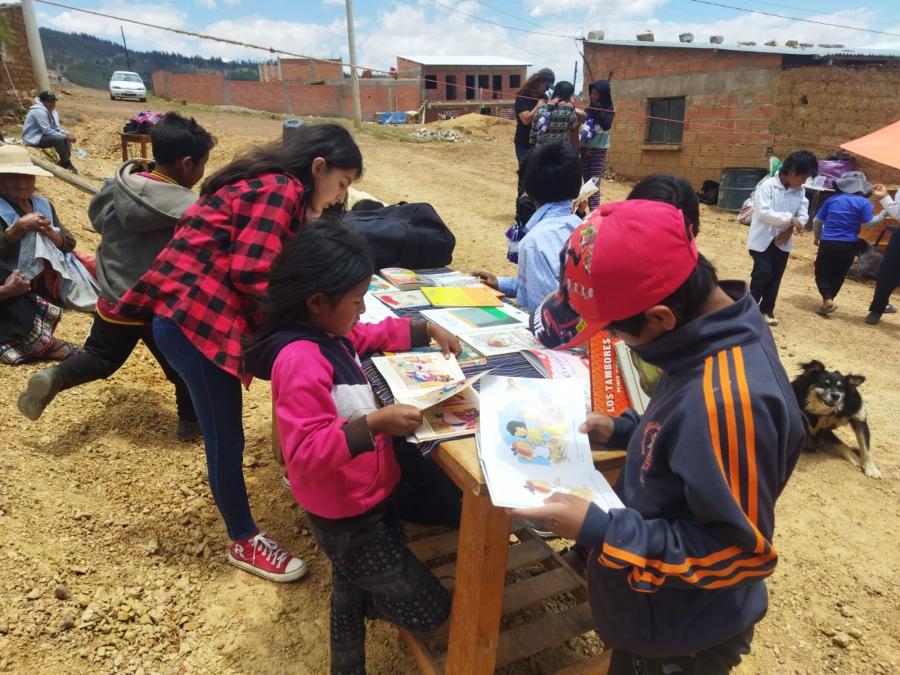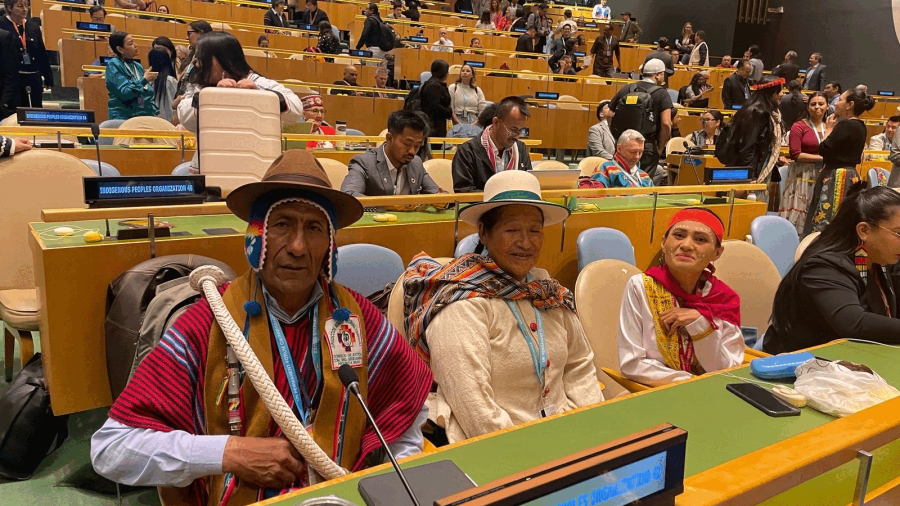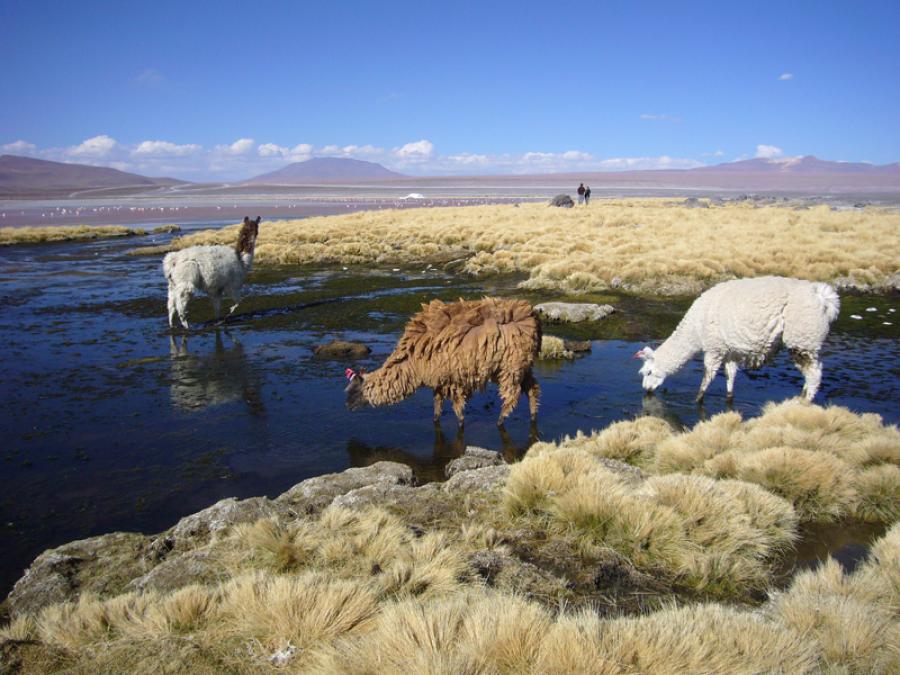The popularity of the guinea pig in Andean regional cuisines has long offered an apt example of cross-cultural differences in food consumption for North Americans, who grimace at the thought of eating a household pet. In this volume, beautifully illustrated with his own photos, Edmundo Morales places the consumption of this high protein delicacy into its cultural and economic context. There are currently some 50 million guinea pigs or cuyes in Columbia, Peru, Bolivia, and Ecuador and these zoologically ambiguous creatures (not-quite rodents) are instrumental in a great number of social, medicinal, and culinary practices. Morales' central accomplishment is bringing together a wealth of information about these activities and presenting it in an engaging, accessible manner.
Morales contends that guinea pigs, like other Andean domesticates, have a high potential value as a cash crop. Peruvian researchers have identified breeding, management, and feeding practices that result in larger, meatier cuyes, and the author describes several projects and commercial enterprises where implementation of these techniques has garnered producers substantial incomes. However, limited dissemination of this information has left the great majority of cuy raisers on the margins of this burgeoning sector. Morales' discussion of the barriers they confront in the market cogently points out the ways ethnic discrimination exacerbates the economic difficulties of peasant producers.
Most cuyes are destined for the table and we are treated to an Andean culinary tour that reveals the range of both preparation styles and consumption venues. The growing demand for the meat is reflected in the expansion of restaurants catering to middle-class customers and tourists, who can afford to pay US$5-$15 for a whole roasted cuy, a sum well beyond the means of most local residents. Morales emphasizes the ways the consumption of cuyes transcends the gastronomic as he relates their many social roles. Guinea pig is commonly served as a special occasion food, to mark a hair cutting or marriage agreement. A highpoint in the author survey of ceremonial consumption is an account of the festive jaca tsariy in Ancash, Peru. The fiesta sponsor solicits contributions of cuy dishes from community members for this celebration of local patron saints. At a community gathering, the cooked cuyes become a vehicle of political satire, as each is held up to represent a local authority or politician, whose "will" is read and "death" is verified by the participants.
Cuyes are also used for diagnoses and healing, in ways that vary between regions and practitioners. Morales offers several detailed accounts of the work of medical specialists in Peru and Ecuador who treat ailments by rubbing the animals over the body of the patient. In Bolivia, guinea pigs are the basis of home remedies as well; soaking one's hair with cuy broth is thought to prevent hair loss, and cuy blood is used for curing rheumatism and arthritis.
This dichotomy of the traditional and the modern recurs throughout the book. Its use as an implicit framework for discussion of economic and cultural transformation is unfortunate since it obscures the complex ways people in the region continually negotiate their social identities. Certainly, the revalorization and growing appreciation of the indigenous cuy are trends which are fungible of such rigid social categories. Despite the frustrations of this dualism, readers interested in the Andes, sustainable agriculture, and comparative food ways will find much to savor in this lively ethnography.
Article copyright Cultural Survival, Inc.



